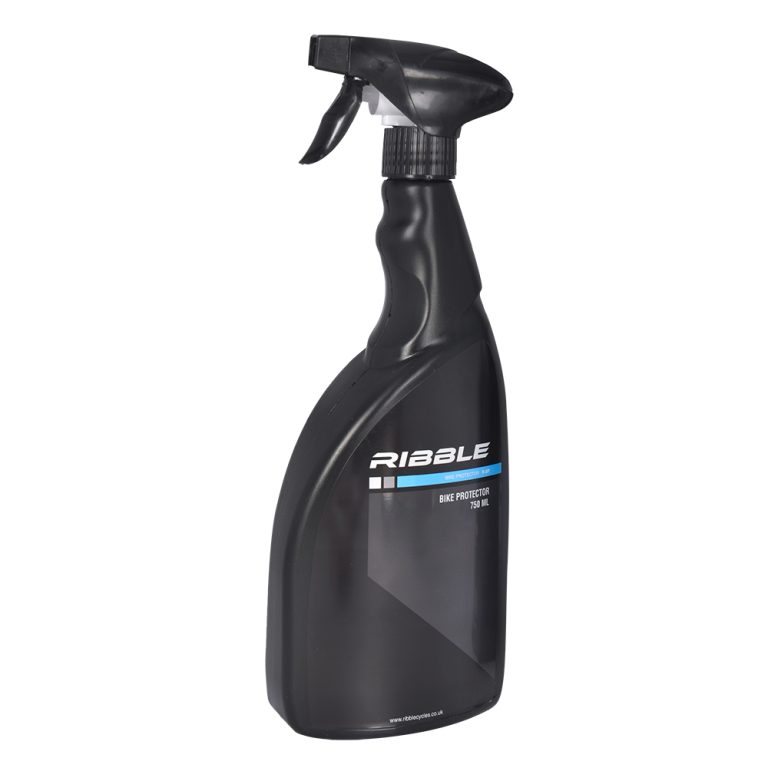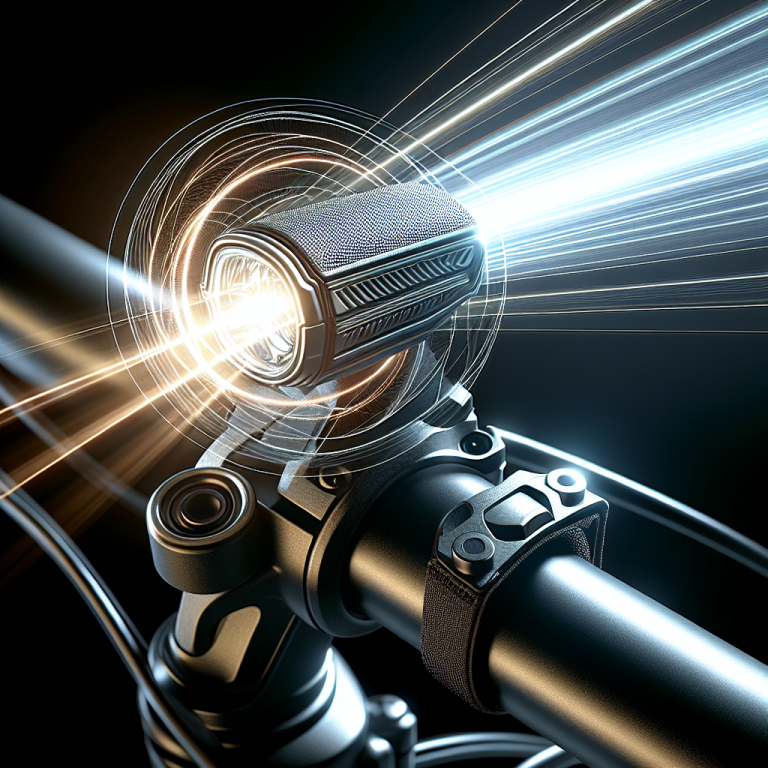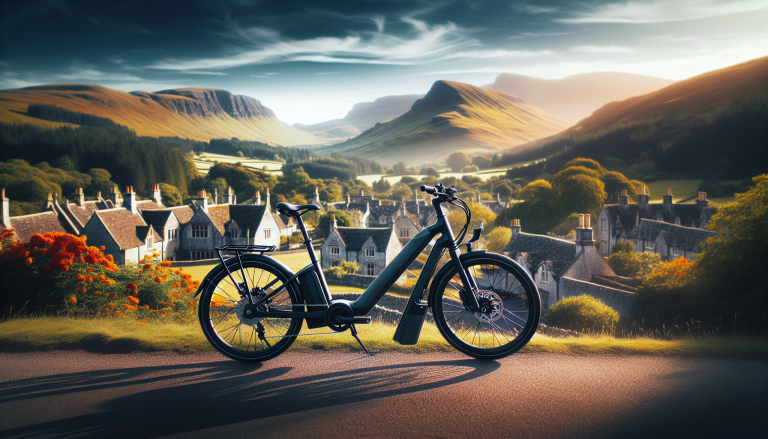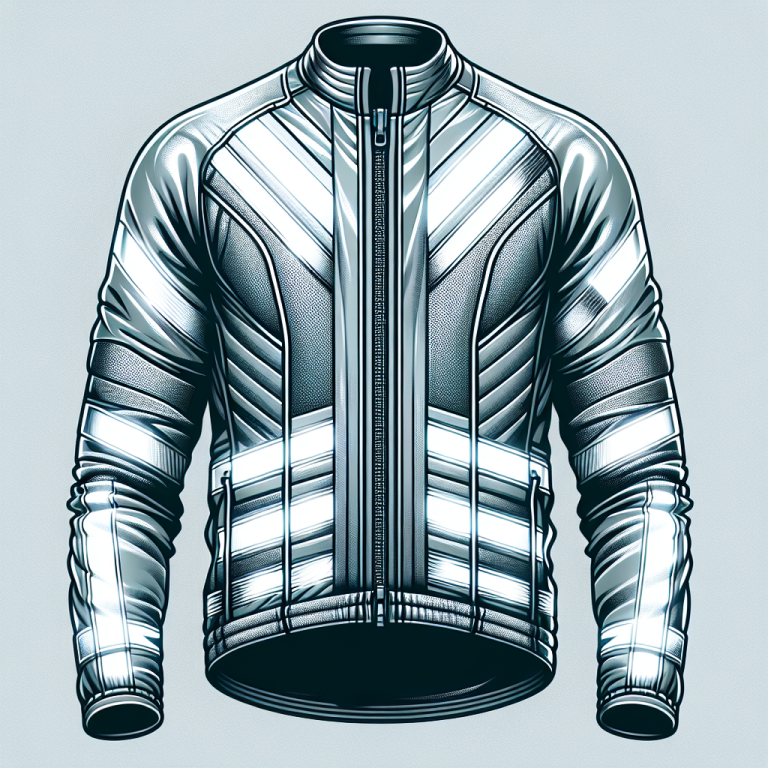Have you ever wondered about the difference between a flat bar and a riser bar on a bike? Well, it turns out that these two types of handlebars offer different riding experiences and cater to different styles of biking. A flat bar, as the name suggests, is straight and provides a more aggressive and aerodynamic riding position, perfect for those who enjoy speed and racing. On the other hand, a riser bar has a slight upward bend, giving riders a more upright position and greater control, making it ideal for off-road adventures and navigating tricky terrain. So, if you’re looking to upgrade or customize your bike, understanding the difference between these two handlebars is essential in ensuring a comfortable and enjoyable ride.
Table of Contents
ToggleDefinition of Flat Bar and Riser Bar
Flat Bar
A flat bar, as the name suggests, is a handlebar that has a flat, straight shape without any rise or bend in it. It is commonly found on road bikes, hybrid bikes, and some urban or city bikes. The flat bar provides a more aerodynamic riding position and is favored by cyclists who prefer speed and efficiency on smooth roads.
Riser Bar
On the other hand, a riser bar refers to a handlebar that has a upward sweep or rise in the center. This shape allows the rider’s hands to be positioned higher compared to a flat bar. Riser bars are often seen on mountain bikes and some hybrid or commuter bikes, as they provide a more upright riding position, which promotes better control and stability on rough and technical terrains.
Design and Shape
Flat Bar Shape
A flat bar typically features a straight design from end to end. It lacks any bends or curves, providing a simple and minimalist appearance. The shape is often favored by riders who prioritize function and a streamlined aesthetic over a more relaxed riding posture.
Riser Bar Shape
Riser bars, on the other hand, are characterized by their upward sweep or rise in the center. The height of the rise can vary depending on the specific riser bar, but it generally allows for a more comfortable and upright riding position. This shape helps to alleviate strain on the wrists, shoulders, and back, making riser bars popular among riders seeking a more leisurely or relaxed biking experience.
Hand Position and Grip
Flat Bar Hand Position
When gripping a flat bar, your hands are positioned parallel to each other, holding onto the handlebar grips at the outer edges. This hand position encourages a more aerodynamic forward-leaning posture, which can improve your efficiency and speed on straight roads. It also allows for a narrower hand placement, which can be advantageous for cyclists who need to maneuver through tight spaces or traffic.
Riser Bar Hand Position
With a riser bar, your hands are positioned slightly wider apart compared to a flat bar. This wider grip provides a more stable and controlled feel, especially when riding on uneven or technical terrains. The higher hand placement also encourages a more upright riding posture, which helps to distribute your weight more evenly and reduce strain on your upper body. Additionally, riser bars usually feature extended ends or “bar ends,” providing additional hand positions for different riding scenarios.
Grip
Regardless of whether you choose a flat bar or a riser bar, the grip you use can greatly affect your overall riding experience. There are various grip options available, such as ergonomic grips with extra padding and support, lock-on grips that securely attach to the handlebars, or even foam grips for added comfort. It’s important to find a grip that suits your hand size, riding style, and personal preference to ensure a comfortable and secure grip on your handlebar.
Riding Style and Use
Flat Bar Riding Style
The flat bar’s design and hand position promote a more aggressive and efficient riding style, making it ideal for cyclists who prioritize speed and performance on smooth surfaces. It allows for a more aerodynamic posture, reducing wind resistance and allowing you to ride faster with less effort. The narrow grip also enables you to navigate through traffic or tight spaces more easily. Flat bars are commonly found on road bikes and hybrid bikes, which are tailored for fast-paced commuting or recreational road riding.
Riser Bar Riding Style
Riser bars are often associated with a more relaxed and upright riding style. With your hands resting higher on the handlebar, you have better control and stability, particularly when navigating mountainous or technical terrains. The wider grip and raised position allow for improved maneuverability and quick reactions to obstacles. Riser bars are commonly seen on mountain bikes, where riders need to tackle rugged trails and unpredictable terrain.
Bike Types
Flat Bar on Road Bikes
Road bikes equipped with flat bars provide a more aerodynamic riding position similar to that of traditional drop handlebars. This setup caters to cyclists who prefer a more aggressive riding stance while still enjoying the benefits of a flat handlebar, such as improved control in crowded city streets. It’s a popular choice for those who seek speed and efficiency on road surfaces but find the curved drop handlebars uncomfortable or unsuitable for their preferences.
Riser Bar on Mountain Bikes
Mountain bikes are known for their versatility and ability to handle off-road trails. Riser bars are a common choice for mountain bikes due to their ergonomics and control benefits. The upright riding position promoted by riser bars allows riders to effectively navigate technical trails, maintain better balance, and have a wider field of vision. Additionally, the wider grip and raised hand position provide enhanced control and stability, making riser bars an excellent choice for tackling challenging terrains.
Agility and Maneuverability
Flat Bar Agility
The flat bar design promotes a more aggressive and aerodynamic riding position, enhancing your agility and responsiveness on the road. The narrow grip allows you to easily dart through traffic or narrow spaces, making it ideal for urban commuting or riding in crowded areas. However, the more forward-leaning posture associated with flat bars may limit your maneuverability on rough or technical terrains, where a more upright position is often preferred.
Riser Bar Maneuverability
Riser bars offer improved maneuverability and control, especially when riding off-road or on challenging trails. The wider grip and raised hand position granted by riser bars enhance your ability to steer and react quickly to obstacles. The more upright riding posture provides better balance and stability, allowing you to navigate tight turns or negotiate uneven surfaces with confidence. This increased maneuverability makes riser bars a popular choice among mountain bikers and those who tackle diverse terrains.
Weight and Strength
Flat Bar Weight
Generally, flat bars tend to be lighter compared to riser bars due to their simpler and minimalist design. The lack of rise or sweep in the handlebar shape reduces the amount of material needed, resulting in a lighter overall weight. This can be advantageous for cyclists who prioritize a lightweight setup, such as road cyclists aiming for speed or those who require easier maneuverability for commuting purposes.
Riser Bar Weight
Riser bars typically weigh more than flat bars due to their additional rise or sweep in the center. The higher hand position on riser bars usually requires thicker tubing or added reinforcement to ensure strength and durability. While the additional weight may not be a concern for most riders, it’s worth considering if you prioritize weight reduction for performance purposes, such as competitive mountain biking or long-distance touring.
Strength
Both flat bars and riser bars are designed to withstand the forces exerted during cycling. The strength of a handlebar depends on various factors such as material, construction, and intended use. It’s essential to choose a handlebar appropriate for your style of riding and the demands you’ll be placing on it. Consulting with a knowledgeable bike shop or experienced riders can provide valuable insights into the suitable handlebar strength for your particular needs.
Body Position and Comfort
Flat Bar Body Position
With a flat bar, the rider’s body position tends to be more forward-leaning and streamlined. This position is ideal for those seeking an aerodynamic advantage, as it reduces wind resistance and promotes efficient power transfer from the legs to the pedals. However, the more aggressive posture associated with flat bars may place more strain on the neck, shoulders, and wrists, making it less comfortable for extended rides or individuals with certain physical limitations.
Riser Bar Body Position
Riser bars encourage a more upright riding position, which can help alleviate strain on the neck, shoulders, and wrists. The raised hand position promotes a more relaxed posture and distributes the rider’s weight more evenly across the upper body. This increased comfort makes riser bars an attractive option for casual riders, commuters, or individuals with specific upper body conditions or discomfort.
Comfort
Comfort is subjective and varies from person to person. Choosing between a flat bar and a riser bar depends on your individual preferences, riding style, and body characteristics. Some riders may find the more aggressive posture of a flat bar comfortable, while others may prefer the relaxed and upright position provided by a riser bar. It’s crucial to experiment with different handlebar styles and consider factors such as flexibility, physical condition, and intended use to find the most comfortable option for your unique needs.
Aesthetics
Flat Bar Aesthetics
Flat bars offer a clean and streamlined aesthetic, contributing to a sporty and minimalist look for your bike. The straight and unadorned design of flat bars emphasizes a sense of simplicity and efficiency. This aesthetic suits riders who prefer a sleek and modern appearance for their bike and matches well with the design language of road, hybrid, or urban bicycles.
Riser Bar Aesthetics
Riser bars tend to give bikes a more relaxed and casual vibe. Their curved and swept-back shape adds a touch of comfort and leisure to the overall aesthetic. Riser bars are commonly associated with mountain bikes or commuter bikes, reflecting a more laid-back and versatile style. If you prefer a more relaxed and approachable appearance for your bike, riser bars can be a great fit.
Personal Preference and Fit
Personal Preference
When it comes to choosing between flat bars and riser bars, personal preference plays a significant role. Each handlebar style offers unique advantages and characteristics that cater to different riding styles, terrains, and individual comfort levels. It’s important to consider your riding goals, the types of terrain you’ll be tackling, and your personal comfort preferences. Trying out both handlebar styles on test rides or seeking advice from knowledgeable cyclists can help you determine which option aligns best with your personal preference.
Fit Factors
In addition to personal preference, bike fit plays a crucial role in determining the handlebar style that suits you best. Factors such as your body proportions, flexibility, and intended use should be considered when selecting a handlebar. A professional bike fit or consultation with a knowledgeable bike shop can provide valuable insights into the appropriate handlebar width, rise, and shape for your specific needs. Ensuring a proper bike fit can greatly enhance your comfort, performance, and overall enjoyment of cycling.







